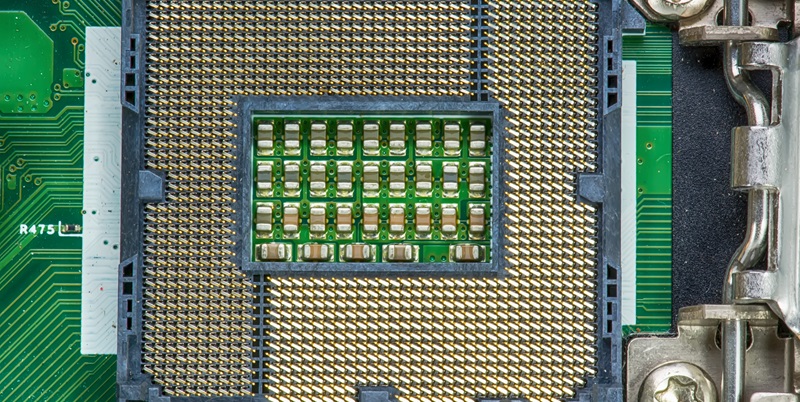The semiconductor landscape is abuzz with anticipation as AMD prepares to launch its next-generation Zen 5 architecture. Stakeholders are speculating whether AMD will choose TSMC’s cutting-edge 3nm process or the established 4nm technology for this new chapter. This decision is pivotal for AMD as it seeks to strike the perfect balance between innovation and practicality in the highly competitive chip market.
Weighing Production Prospects
Rumors suggest that AMD may take a pragmatic approach with the bulk of Zen 5 CPUs, likely opting for TSMC’s 4nm process technology. This mature node offers a cost-effective solution with reduced risks of yield issues, making it an attractive option for AMD’s ‘Granite Ridge’ desktop chip production.
In parallel, a segment of the Zen 5 lineup, dubbed Zen 5c or ‘Prometheus’, is rumored to be set for the 3nm process. Targeting low-power applications, this variant could find its way into AMD’s Epyc server processors, enhancing core density and energy efficiency to compete with Intel’s Xeon lineup.
A Strategic Chess Move in CPU Tech
By selecting both 3nm and 4nm nodes for different segments of the Zen 5 architecture, AMD showcases a strategic interplay between top-tier performance and manufacturing pragmatism. With 4nm as the foundation and 3nm applied to high-performance categories like servers and mobile devices, AMD is positioning itself as a dynamic force in the CPU market.
The choices AMD makes with Zen 5 are poised to shake up the performance benchmarks in server and desktop computing, possibly cementing AMD’s status as an innovative leader who expertly balances technological advancement with market wisdom.

